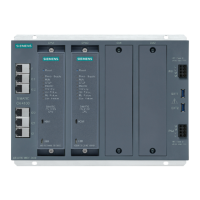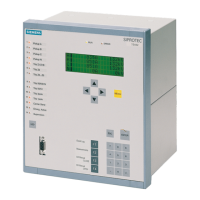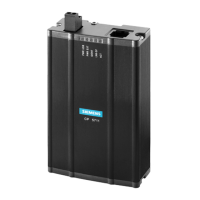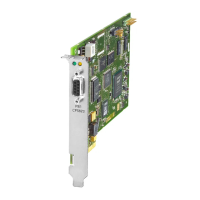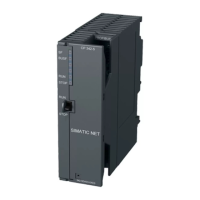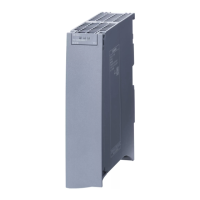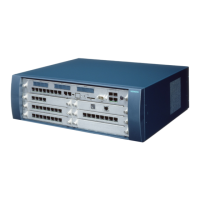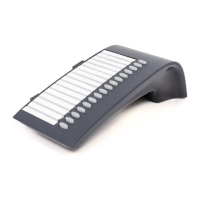Configuration and operation
6.3 Recommendation for use with a high communications load
CP 443-1 (EX30)
Manual, 03/2019, C79000-G8976-C255-05
47
Recommendation for use with a high communications load
Reason
When using the CP described here, the points below will help you to avoid overload
situations on your CPU.
In particular when you replace an older CP with the CP described here and are then
confronted with overload problems, you should check your application for the pitfalls outlined
below.
● The program blocks for sending and receiving AG_SEND / AG_RECV (FC5/FC6,
FC50/60 or FC53/63) are often called cyclically in OB1. This leads to constant
communication between the CPU and CP. As a result, other types of communication
such as PG functions cannot be executed or only very slowly.
● HMI systems access data of the CPU too often using S7 functions. This slows down
communication in general and resource bottlenecks on the CPU can occur if
SEND/RECEIVE FCs are called cyclically in OB1 (effect: reduced data throughput or
increased reaction time).
Note the following recommendations:
● Do not call communication program blocks cyclically in OB1!
Communication should be called timecontrolled in a suitable cyclicinterrupt OB. The call
interval of this OB should be significantly higher than the average cycle time of OB1.
● You should set a minimum cycle time that is higher than the average runtime of OB1.
This frees resources for communication on the CPU. This is, for example, a solution for
existing applications when communication already takes place cyclically in OB1.
● If necessary, reduce the time taken for communication processing on the CPU by
changing the parameter "Scan cycle load from communication" in the properties of the
CPU.
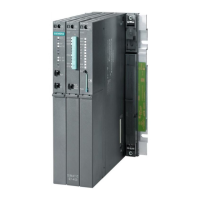
